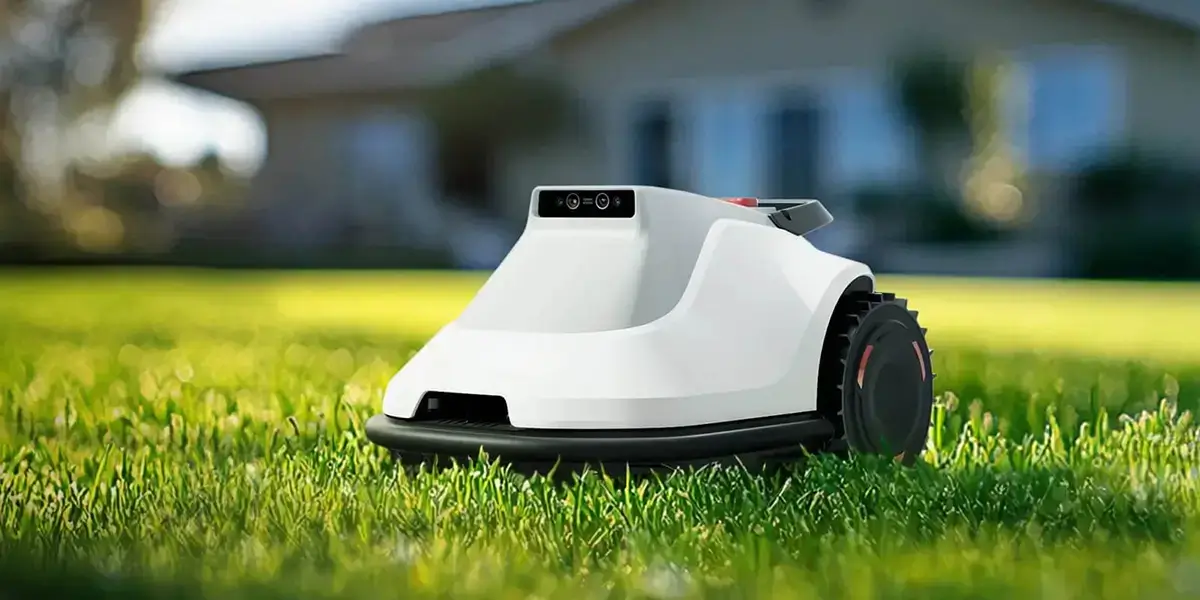Sure! Here's the first part of a compelling, attractive soft article on "Philips universal remote control programming." After this, I'll provide the second part. Let's get started.

Imagine a world where managing multiple devices—TVs, soundbars, Blu-ray players, streaming boxes—becomes a seamless experience. No more fumbling around for different remotes, no more confusing button presses, just straightforward control at your fingertips. That’s the promise of a Philips universal remote control, a device designed to simplify your home entertainment setup and elevate your viewing pleasure.
Philips has long been a recognized leader in consumer electronics, renowned for innovation, reliability, and user-friendly design. Their universal remote controls are no exception. These devices are engineered to work with a vast array of entertainment equipment, making them an all-in-one solution that can consolidate your remote clutter into a single, elegant device.
But how do you unlock the full potential of your Philips universal remote? The key is proper programming—a process that, once mastered, offers a lifetime of convenience. Whether you’re setting it up for the first time or replacing an old remote, understanding the core methods of programming can transform your home entertainment experience.
Why Choose a Philips Universal Remote?
Before diving into the programming process, it’s worth reflecting on why Philips universal remotes are such popular choices. The reasons are simple: they’re user-friendly, versatile, and designed to cater to a broad range of devices. They include pre-programmed codes for major brands, and some models even support advanced features such as learning commands or auto-code search.
Moreover, Philips remotes typically come with an intuitive layout, making it easier for users—novice or tech-savvy—to operate them comfortably. Their ergonomic design ensures a comfortable grip, and the button labeling is clear, reducing the hassle of accidental presses or confusion.
The Basics of Programming Your Philips Universal Remote
The process of programming a Philips universal remote generally involves two main methods:
Manual Code Entry: This traditional method involves inputting specific codes associated with your device brand and model. It requires consulting a code list, entering the code, and then testing whether the remote controls the device properly.
Auto-Search or Code Search: This method is more user-friendly, especially when code lists are unavailable or incomplete. The remote automatically cycles through all recognized codes until it finds one that works with your device.
While different models may vary slightly in their setup procedures, these core concepts remain consistent across most Philips universal remotes.
Preparing for Programming
To begin, gather your devices and your Philips remote. Make sure the remote’s batteries are fresh—weak batteries can interfere with the programming process. It’s also helpful to have the user manual or code list handy, although many modern Philips remotes can auto-program without manual code entry.
You should also identify the type of device you want to program—TV, DVD, sound system, etc.—since this will influence how you proceed. Most Philips universal remotes allow for multiple device setups, typically labeled as "TV," "DVD," "AUX," or similar.
Programming Procedure Step-by-Step
Let’s walk through the common steps involved in programming a Philips universal remote using both methods:
Method 1: Manual Code Entry
Turn on the device you want to control. Make sure it’s functioning properly.
Press and hold the device button (such as "TV") on the remote until the indicator light blinks or stays lit, depending on the model.
Enter the code associated with your device's brand. These codes are usually provided in the remote’s manual or available online.
Test the remote by pressing the power button or other controls to see if the device responds.
If the device responds, the programming is complete. If not, repeat the process with another code from the list.
Method 2: Auto Search / Code Search
Turn on your device.
Press and hold the device button until the indicator light stays on.
Press the "Power" button (or a designated auto-search button). The remote will begin cycling through possible codes.
Wait until the device turns off (indicating the correct code has been found). Immediately press the "Enter" or "OK" button to store the code.
Test the device to verify control.
Troubleshooting Tips
Sometimes, despite best efforts, the remote doesn’t work as expected. Here are some quick tips:
Replace batteries if the remote is unresponsive or acting erratically. Try different codes from the list if the initial one doesn’t work. Use auto-search if you cannot find a working manual code. Reset the remote by removing batteries, waiting for a few seconds, then reinserting them, and starting the setup process anew. Check for firmware updates or consult the Philips support site for additional guidance.
Benefits of Proper Programming
Getting your Philips remote set up correctly isn’t just about convenience. It’s about efficiency, reducing clutter, and gaining better control over your entertainment ecosystem. A well-programmed remote can control multiple devices simultaneously, switch inputs effortlessly, and even unlock special features like menu navigation or volume control.
In the next part, we’ll delve deeper into advanced programming features, explore tips for troubleshooting common issues, and share expert advice to customize your Philips universal remote for peak performance. We’ll also cover compatibility considerations and how to upgrade your remote’s capabilities as your home entertainment system evolves.
Stay tuned to become a remote control master—your home entertainment deserves it!
Leveraging innovations in modular drive technology, Kpower integrates high-performance motors, precision reducers, and multi-protocol control systems to provide efficient and customized smart drive system solutions.




































